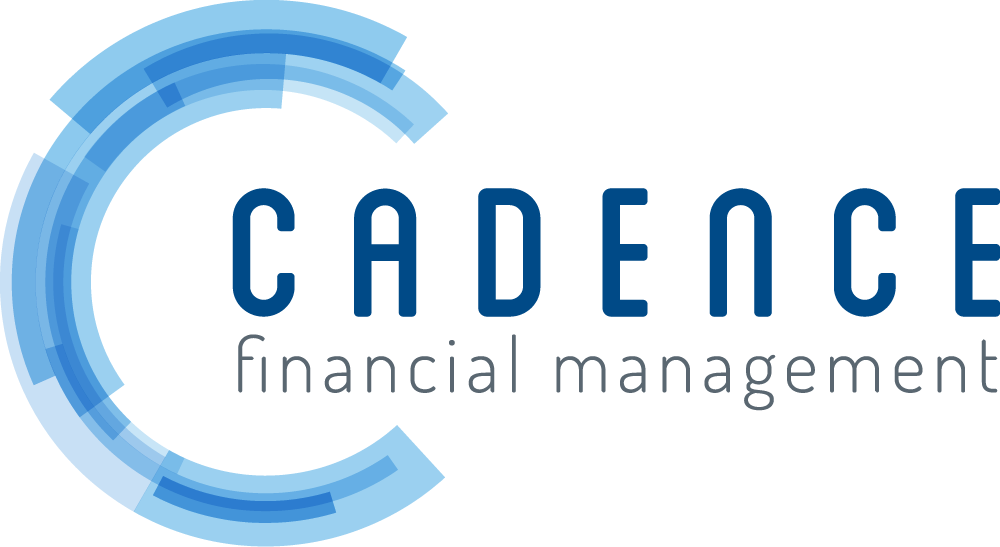Self-Directed Brokerage Accounts - To Add to Your Plan or Not: That is the Question
Participants may be attracted to self-directed brokerage accounts (SDBAs) because of the seemingly infinite choice of investment options. While it’s tempting to please these often-vocal employees, much consideration should be given when contemplating an SDBA option for your qualified retirement plan. There are several fiduciary issues your committee should discuss, decide, and document.
Outside Advisors
The impetus for the interest may be that participants want to take advantage of the advice from an outside advisor with the intention of giving them access to the account to make trades. If so, the advisor may be said to perform as a discretionary investment manager. ERISA Section 3(38) requires the plan sponsor to enter into an agreement with the advisor, as well as monitor the advisor’s actions.
“Unsuitable” Investments
The plan sponsor could be exposing themselves to an ERISA lawsuit from beneficiaries unhappy their selected advisor was allowed to buy investments “unsuitable” for retirement plans such as illiquid investment options, life insurance, etc. Plan sponsors can attempt to mitigate this risk by limiting what can be purchased via the SDBA account to stocks, bonds, mutual funds, or ETFs.
Responsibility to Monitor Fees
The plan sponsor needs to understand the fees associated with the SDBA and determine their reasonableness. Just because the participant elects to utilize an SDBA account does not mean the plan sponsor has abdicated responsibility for ensuring costs are reasonable.
Plan Sponsor Relief
Remember, plan sponsors have safeharbor protection under ERISA Section 404(c) which states that the participant has assumed control over their account by electing to invest via the SDBA. However, 404(c) relief is lost if the investment options pose an imprudent risk of loss. In addition, there are over 50 subsections to 404(c) that must be met to achieve the safeharbor protection. Noncompliant fiduciaries are accepting liability for whatever investments decisions the participant makes within an SDBA account. And ERISA Section 404a-5 still applies to SDBA accounts. The plan sponsor must ensure the participant is receiving an annual disclosure of fees that is accurate. All too often this does not take place with SDBA accounts.
Participants Matter Most
An SDBA account can offer plan participants new opportunities to invest for retirement. It’s important though to understand and address the risks associated to avoid mistakes that could harm your employees’ long-term financial future.
This material was created to provide accurate and reliable information on the subjects covered but should not be regarded as a complete analysis of these subjects. It is not intended to provide specific legal, tax or other professional advice. The services of an appropriate professional should be sought regarding your individual situation. The material presented was created by RPAG. Securities, investment advisory, and financial planning services offered through qualified registered representatives of MML Investors Services, LLC. Member SIPC (www.sipc.com). Supervisory Office: 16 Campus Blvd, Newtown Square, PA 19073. Cadence Financial Management, LLC is not a subsidiary or affiliate of MML Investors Services, LLC or its affiliated companies. ACR# 3754298 09/21
